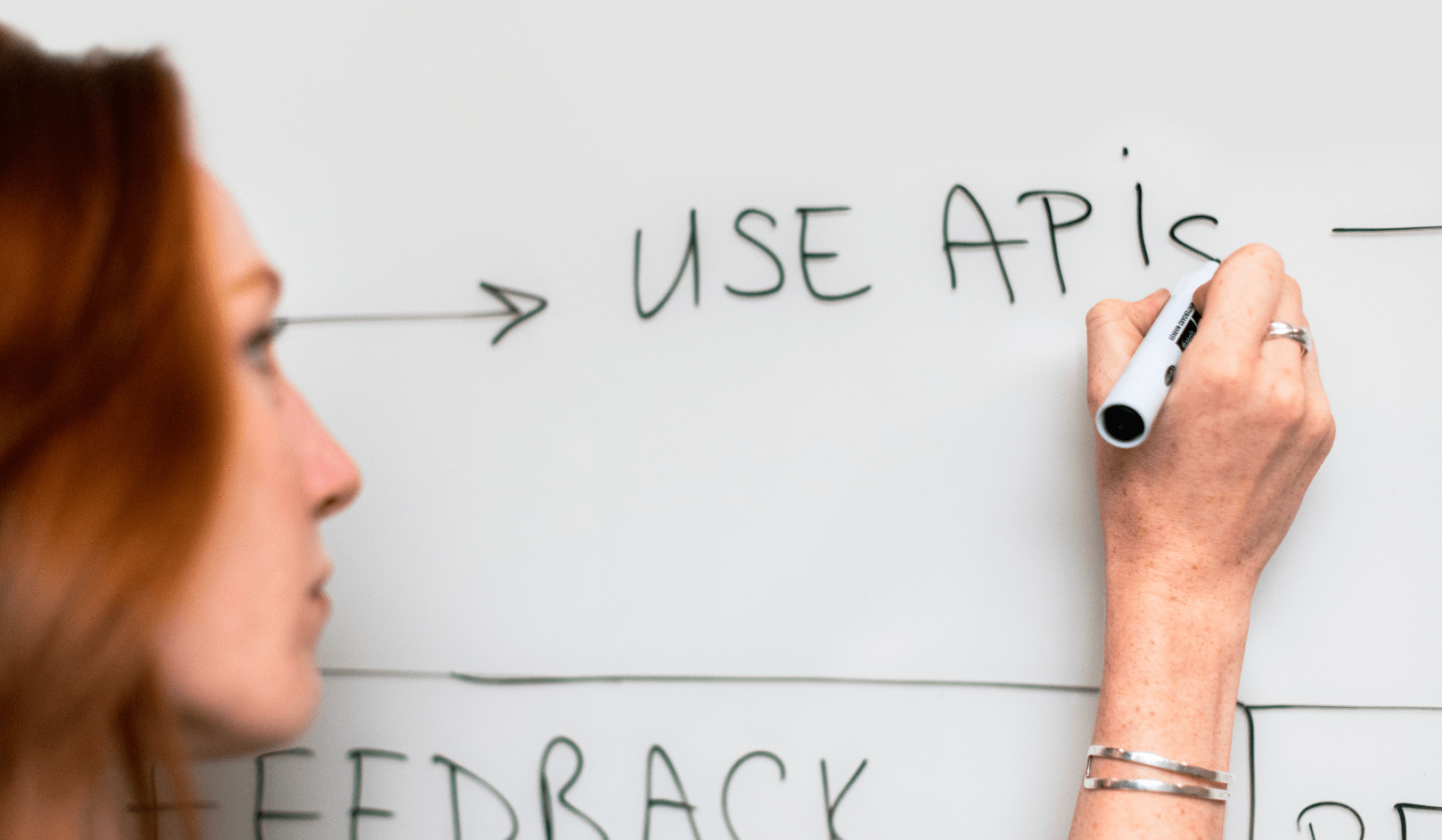Sustainable AI for Nonprofits: Empowering Ethical & Impactful Content Creation
For small nonprofit marketing teams, the sheer volume of information to manage, the need to create compelling content, and the tasks to accomplish can feel overwhelming. In a matter of hours, what started as a day filled with great intentions can quickly spiral into a whirlwind of cognitive overload and an endless sea of browser tabs.
Enter ChatGPT, which launched in the spring, offering hope to streamline our work and lives. However, it also brings anxiety about how it operates, its capabilities, and the fear of human replacement by robots.
So, how can we effectively utilize this innovative technology to enhance our marketing content creation? And what potential consequences might arise from its adoption? These are important questions that many of us grapple with. Just like the internet revolutionized our world three decades ago, ChatGPT is now disrupting and transforming our lives at an even faster pace, and quickly assimilating into our daily routines.
Grasping the Power of ChatGPT
ChatGPT is a cutting-edge AI model by OpenAI. An advancement on predecessors like Alexa and Siri, it represents the latest stage in the evolution of generative AI. Enabled by large language models and neural networks, ChatGPT can process and predict words in sequences, generating distinctive texts, code, and even conducting sophisticated conversations.
Many platforms, such as ChatSpot.ai by HubSpot, have incorporated OpenAI's code, while other companies have launched their own LLaLm chatbots, like Google's Gemini. ChatGPT can significantly augment content marketing efforts, particularly for smaller teams with limited resources. But how can we effectively and sustainably co-create content with AI?
Harnessing AI for Effective Content Creation
To fully tap into the power of AI for content creation, embrace a period of experimentation. Alongside using ChatGPT to assist with generating ideas, creating content, and editing, don't be afraid to indulge in some playful experiments, too. Take a cue from David Kestenbaum, senior editor of This American Life, who asked ChatGPT to provide a chocolate chip cookie recipe, but written in the style of a very depressed person. The result was astonishing: "Ingredients-- 1 cup butter softened, if you can even find the energy to soften it."
By experimenting with ChatGPT, you will not only gain a deeper understanding of how the technology works but also its potential to help you tap further into your creativity. As you become more familiar with the flow of ideas and the capabilities of generative AI, you will be able to devise your own unique and innovative applications of ChatGPT that can greatly enhance your productivity and streamline your content creation process.
By freely experimenting, you have the opportunity to master the art of the human/AI dance—a harmonious partnership of human insight and AI capabilities, where humans thrive in divergent thinking and emotional intelligence, and machines converge thought by effortlessly identifying patterns and clusters within vast datasets.
Towards Sustainable AI Content
When taking the human/AI relationship to the next level – creating content for marketing – organizations can ensure that AI-assisted content creation aligns with their mission, values, and audience expectations by incorporating sustainable content AI practices, inspired by sustainable marketing principles.
Sustainable marketing goes beyond financial considerations and takes into account the social and environmental impacts of business. It recognizes the responsibility of organizations to contribute positively to society and minimize their ecological footprint.
Incorporating sustainable marketing principles into AI content creation allows organizations to build trust with their audience and uphold the integrity of their brand. This means ensuring that AI-assisted content aligns with the organization's mission, values, and audience expectations.
While the current landscape of generative AI is still evolving, the rapid advancement of technology allows us to continuously iterate and improve. When using AI tools for content creation, organizations can follow a simple working guide to sustainable content AI:
Collaboration between Humans and AI: The true strength of integrating generative AI into effective content creation stems from a collaborative approach to using the tools. The AI is guided by the thoughtful instructions we feed it, influencing the direction and tone of the produced content. With the use of well-designed instructions, content creators can imprint their unique voice, ethos, and narrative style into the AI-crafted content. The magic partnership lies in the cues given to the ChatGPT, which serve as the guiding compass, leading to authentic, personalized output.
Human Touch Remains Indispensable: AI should not be perceived as a replacement for writers or editors. While it serves as a robust tool to facilitate content creation, it cannot mimic human creativity, empathy, and contextual understanding. We should motivate content creators to weave in their personal touches, using their life experiences and emotional intellect to enrich the quality and appeal of the content. For a successful AI integration, it is crucial to acclimate the AI to your organization with human feedback to make sure it aligns with your brand and brand values.
Fact-Verification and Accuracy: AI's capability to furnish vast amounts of information comes with the responsibility of maintaining credibility and trust, and this relies heavily on fact-checking. It is important to acknowledge that ChatGPT, while potent, does have limitations and is not all-knowing, especially beyond its training data up until September 2021. The role of fact-checking remains crucial in the content creation process to validate sources and confirm reliability. A meticulous fact-checking procedure, backed by both automated tools and human expertise, is a critical pillar in the content creation journey to ensure the accuracy and dependability of the information.
Quality Control: The evaluation and assessment of AI-produced content should be systematic. Establish benchmarks and metrics to evaluate the quality of content and its alignment with the organization's standards. Regular reviews and audits can bring to light any biases, inconsistencies, or discrepancies from the organization's mission and message, facilitating necessary modifications. Training your team on ChatGPT usage, quality control processes, and analytics underscores your commitment to deliver unique and relevant content that aligns with your brand and audience.
Maintaining Trust in AI-Assisted Content:
Ensuring trust in AI-assisted content essentially boils down to upholding quality standards. Treat AI-assisted content like any other content produced through different tools and procedures. Continue utilizing editors, provide context where necessary, and monitor AI-assisted content performance and efficiency gains. While citing ChatGPT may not be necessary in marketing content, the focus should remain on preserving your organization's mission and message while using AI to enhance existing operations.
By following these guidelines, organizations can leverage AI to create impactful, ethical, and personalized content that drives positive social change. The partnership between humans and AI can lead to a new marketing paradigm where technology enhances human creativity rather than replacing it.
As the field of generative AI continues to advance, tools like ChatGPT will integrate further into our lives, augmenting marketing team capacities without compromising content quality or emotional impact. By establishing responsible guidelines for using these technologies, we can meet the ever-evolving demands of marketing content production. Just as the internet became an integral part of our lives, ChatGPT stands ready to do the same, continuously innovating and offering more efficient ways to improve our lives.



